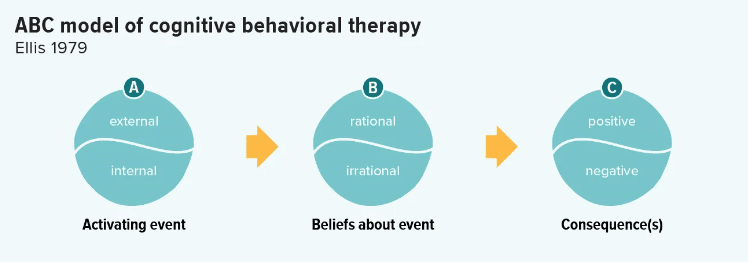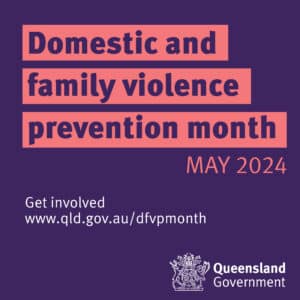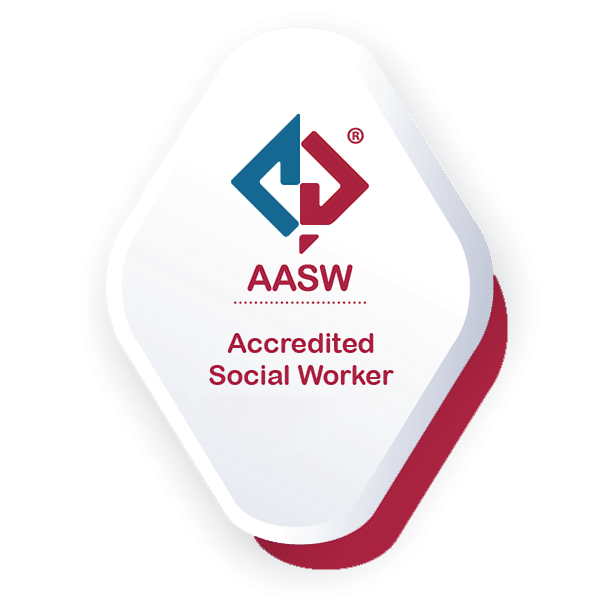We all know the most popular way to introduce children to the alphabet is by learning to sing the “ABC song” (NB. zero apologies if you are now singing / humming this tune). One of the things about the ABC song, is that although it is catchy and fun, at initial stages of learning it isn’t super relevant to children as they first learn to read.
The ABC song does have value, but generally only for who already know how to read. It has been shown to be helpful to neurologically organise, and to help with alphabetising words and lists, and for looking up words in a dictionary. Surely there are others out there that still recite the alphabet using the tune of Twinkle Twinkle Little Star, to help us alphabetise or find something on a list!
Social workers love to draw connections between mildly related topics, so stay with us here; the same theory as with the ABC song could probably apply when we use CBT. Now, unfortunately (or more likely fortunately) there isn’t a song to assist us to remember the core components of Cognitive Behaviour Therapy (CBT). But similarly to the way the ABC song helps to neurologically organise, CBT strives to develop and maintain new neural pathways.
Human brains are complex and malleable, which mean our brains are forever changing based on the information received and interpreted. Our brains initially develop pathways from reflexes, and are then reinforced by our life journey, experiences, and learnings.
This means that each person’s brain is different, based on one’s own lived experiences, and maybe even more importantly their conscious and subconscious memories. These experiences and memories form well-established neural pathways, and influence thinking and information processing.
This means, that a brain of a person experiencing depression or anxiety has typically over time developed negative thought neural pathways, which in turn makes it “easier” and “natural” for the brain to process negative information. This negative information can be referred to as cognitive distortions or skewed thought patterns.
This is where CBT comes in; CBT is an effective treatment approach for a range of mental and emotional health issues, including anxiety and depression. CBT aims to help identify and challenge unhelpful thoughts and to learn practical self-help strategies. These strategies are designed to bring about immediate positive changes in your quality of life.
CBT aims to show you how your thinking affects your mood. It teaches you to think in a less negative way about yourself and your life. It is based on the understanding that thinking negatively is a habit that, like any other habit, can be broken. CBT works to restructure the brain by establishing new neural pathways by challenging your thought processes.
A more direct connection between CBT and ABC, is the use of Ellis’ 1979 model of CBT:
A. Adversity or activating event.
B. Your beliefs about the event. It involves both obvious and underlying thoughts about situations, yourself, and others.
C. Consequences, which includes your behavioral or emotional response.
It’s assumed that B links A and C. Additionally, B is the most important component. That’s because CBT focuses on changing beliefs (B) to create more positive consequences (C).
If you have inaccurate beliefs about a situation, your response may not be effective or healthy. Using the ABC model can help you identify these inaccurate beliefs. This lets you consider whether they’re true, which improves how you react. It also helps you notice automatic thoughts. In turn, you can pause and explore alternative solutions to a problem. “(ABC Model of Cognitive Behavioral Therapy: How it Works. (2022). Retrieved 4 January 2022, from https://www.healthline.com/health/abc-model)





